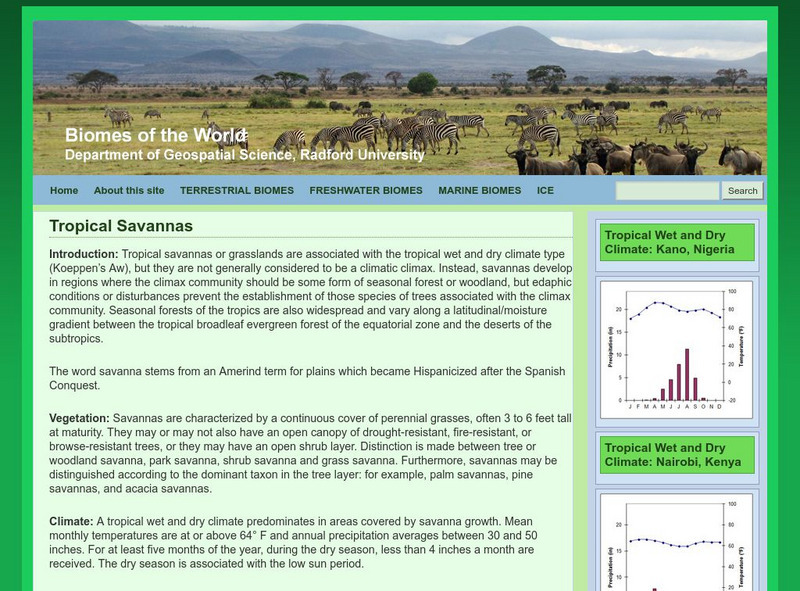Smithsonian Institution
National Museum of Natural History: American Mammals: Lesser Long Nosed Bat
The lesser long-nosed bat is associated with arid grassland, scrub land, and tropical dry forest. Its daytime roosts include caves and abandoned mines, where upwards of 10,000 bats sometimes congregate. Learn more about the Leptonycteris...
Smithsonian Institution
National Museum of Natural History: American Mammals: Western Pipistrelle
Western pipistrelles sometimes leave their roosts before sundown and can be mistaken for late-flying butterflies, because they are so tiny and fly slowly and erratically, with much fluttering of their wings. Most common at low elevations...
Smithsonian Institution
National Museum of Natural History: American Mammals: Merriam's Shrew
Merriam's Shrew is noted for its predilection for dry habitats. It is most often found in sagebrush steppe, but also in grassland, brushland, and woodland, at elevations from 200 m to 2,900 m. Learn more about the Sorex merriami, more...
Smithsonian Institution
National Museum of Natural History: American Mammals: Spotted Ground Squirrel
Spotted Ground Squirrels are among the smallest ground squirrels in North America. They inhabit arid and semi-arid regions of Mexico and the Southwest and are found in scrubland and grassland as far north as Wyoming and Nebraska. Learn...
Smithsonian Institution
National Museum of Natural History: American Mammals: Merriam's Ground Squirrel
Merriam's Ground Squirrels live in high desert habitat dominated by big sagebrush, western juniper, and greasewood, and are also found in grasslands and agricultural lands. They eat grasses and forbs. Learn more about the Spermophilus...
Smithsonian Institution
National Museum of Natural History: American Mammals: Swift Fox
Swift foxes are primarily nocturnal, but can sometimes be seen sunning themselves near the entrance to a den. They live on prairie grasslands just east of the Rocky Mountains. Learn more about the Vulpes velox, more commonly known as a...
Smithsonian Institution
National Museum of Natural History: American Mammals: Little Pocket Mouse
Because they use energy and water so efficiently, Little Pocket Mice can inhabit some of the driest and least vegetated parts of North America. They are abundant in deserts of the southwestern United States and northwestern Mexico, and...
Smithsonian Institution
National Museum of Natural History: American Mammals: Desert Cottontail
Living well below sea level in Death Valley and also in woodland and grassland up to 2,000 m elevation, Desert Cottontails are able to tolerate diverse habitats. They are most active at dawn and dusk and spend hot days resting in a...
Smithsonian Institution
National Museum of Natural History: American Mammals: Gray Tailed Vole
One of several voles with very small ranges, Gray-tailed Voles live only in lower-elevation grasslands. They do well in agricultural areas. Learn more about the Microtus canicaudus, more commonly known as a Gray-tailed Vole, in this...
McGill University
Mc Gill University: Canadian Biodiversity: Ecozones: Prairies
This Prairies ecozone covers southern Alberta, Saskatchewan, and Manitoba. This brief, concise description includes a collection of images of the animals and birds native to the location. Many of the images include descriptions.
Polk Brothers Foundation Center for Urban Education at DePaul University
De Paul University: Center for Urban Education: The Prairie Project [Pdf]
"The Prairie Project" is a one page, fictional, reading passage about students who learn about the prairie, take a field trip to see one, and then plant one on the school grounds. It is followed by constructed-response questions which...
Ohio State University
Ohio State University: General Plant Biology: Biomes and Agriculture
An introduction to biomes and how agriculture is considered in studying large ecosystems of the world. Text is well written and easy to follow with links, charts, and pictures.
Other
Radford University: Tropical Savannas
This is part of a virtual geography project from Radford University. Learn about the climate, vegetation, grasses, soil, and fauna of tropical savannas.
PBS
Nh Pbs: Nature Works: Sage Grouse
Learn more about the Sage Grouse through this clear and concise resource. Students will find information on the characteristics, life cycle, diet, habitat, behavior and range of this type of running bird.
Sophia Learning
Sophia: Savannas: Lesson 4
This lesson will provide an understanding of the characteristics and role of the savanna, and its effect on living things. It is 4 of 4 in the series titled "Savannas."
Ducksters
Ducksters: Science for Kids: World Biomes and Ecosystems
Kids learn about the world's biomes and ecosystems. The network of life and biodiversity needed for all to survive.
Ducksters
Ducksters: Animals for Kids: African Wild Dog
Kids learn about the African Wild Dog. How these endangered predators of the savanna hunt larger animals and live in a pack.
Ducksters
Ducksters: American Bison or Buffalo
Kids learn about the American Bison, giant buffalo that ran in huge herds until nearly hunted to extinction.
Songs for Teaching
Songs for Teaching: Biomes
Use this site to see how many of the animals and plants that your students can remember from each biome after listening to this song.
Other
West Virginia University Extension Service: Overgrazing Can Hurt Environment
This short article describes problems associated with improper farm management with regard to livestock overgrazing. Includes grazing management guidelines for healthy and productive pastures.
Curated OER
Etc: Maps Etc: Vegetation of North America, 1916
A map from 1916 of North America, Central America, Greenland, and the Caribbean to Puerto Rico showing the general distribution of vegetation types in the region. The map is color-coded to show natural vegetation in areas of ice desert,...
Curated OER
Educational Technology Clearinghouse: Maps Etc: Land Regions of Africa, 1920
A color relief map of the African continent showing regional vegetation and terrain including lands below sea level, grasslands, temperate and tropical forests, oases, semideserts, and deserts and barren mountain slopes. The map also...
Curated OER
Educational Technology Clearinghouse: Maps Etc: Vegetation Map of Africa, 1915
A map from 1915 of Africa and Madagascar showing the general vegetation regions. The map is color-coded to show areas of forests, grasslands, steppes, poor steppes, and deserts.
Curated OER
Educational Technology Clearinghouse: Maps Etc: Land Regions of Asia, 1920
A color-relief map from 1920 of Asia showing the principal landform and vegetation features, river systems, and water features of the region. The map is keyed to show areas of waters less than 500 feet deep, floating ice, lands below sea...
Other popular searches
- African Grasslands
- Grasslands Biome
- Grasslands Animal Homes
- The Grasslands
- Grasslands Plants
- Temperate Grasslands
- Grasslands Project
- Grasslands Ecosystems
- Grasslands of Africa
- Grasslands Lesson Plans
- Biomes Grasslands
- Grasslands Books



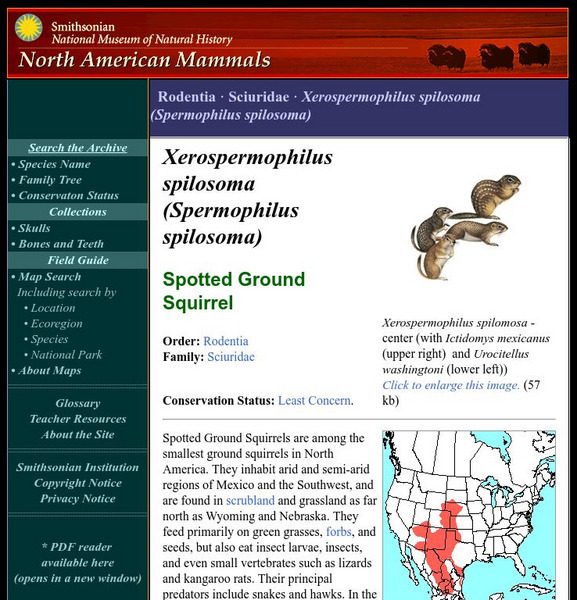


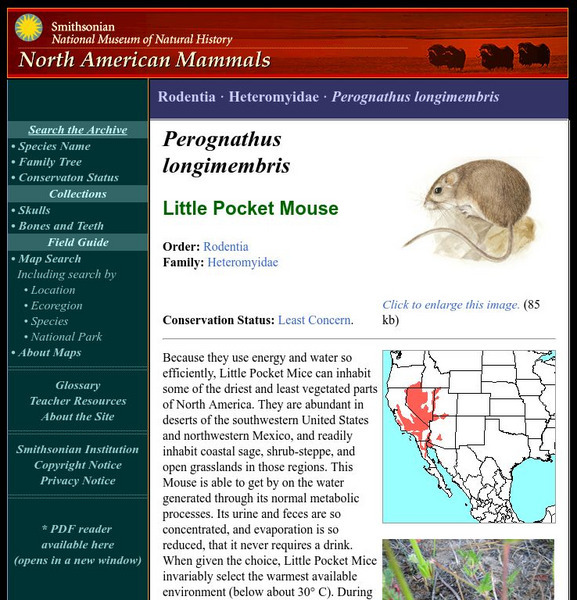
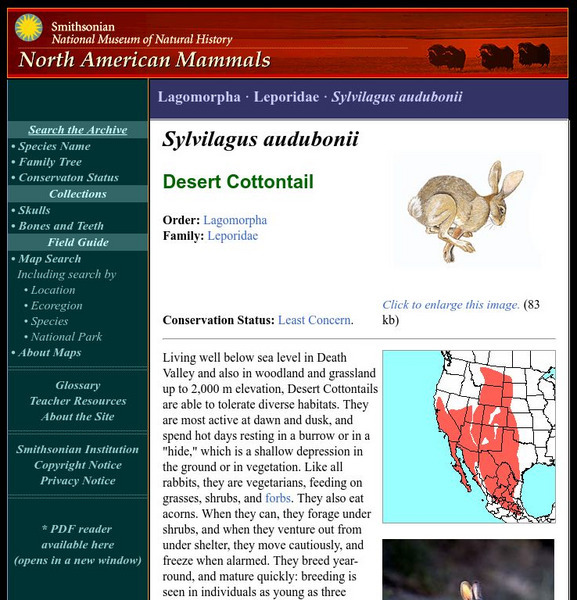
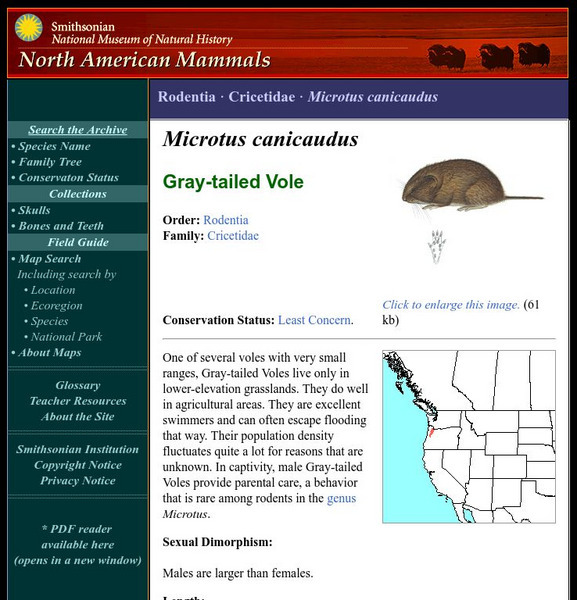

![De Paul University: Center for Urban Education: The Prairie Project [Pdf] Unit Plan De Paul University: Center for Urban Education: The Prairie Project [Pdf] Unit Plan](https://d15y2dacu3jp90.cloudfront.net/images/attachment_defaults/resource/large/FPO-knovation.png)
